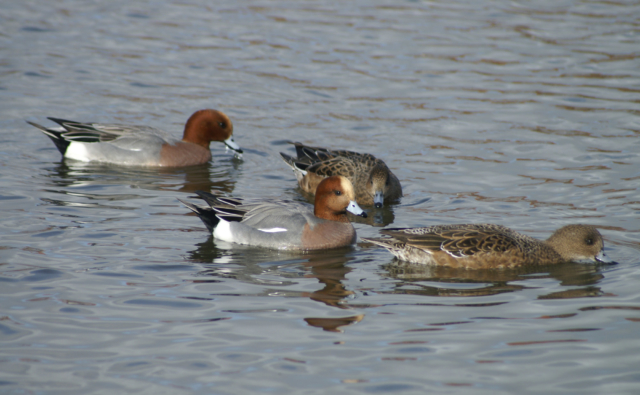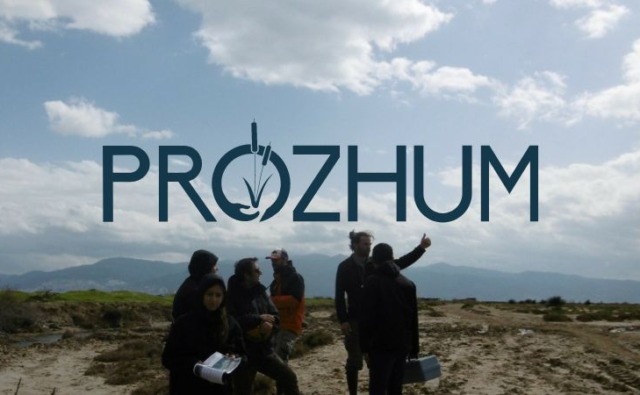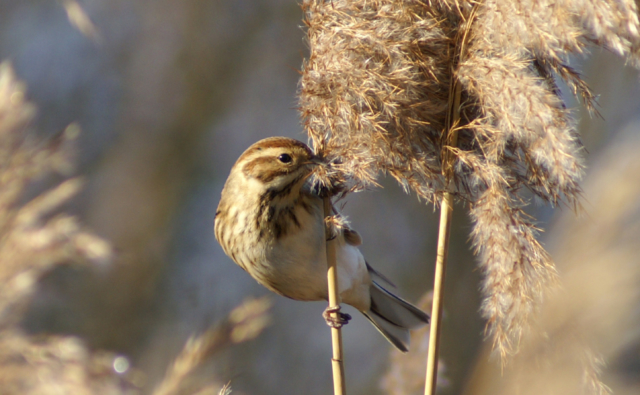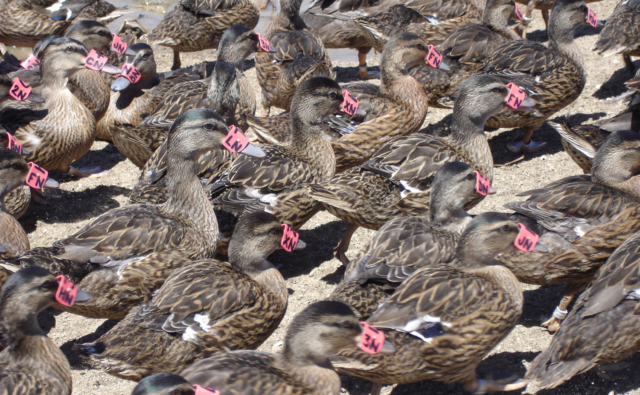The Tour du Valat has been organising activities for the Mediterranean Waterbird Network (MWN) in collaboration with the National Office for Hunting and Wildlife (ONCFS) since 2012. This network was created to help to improve the quality and quantity of waterbird census data in North Africa, and contribute to updating the data used by Wetlands International (WI) within the revision of international conventions such as the AEWA (African-Eurasian Migratory Waterbird Agreement).
In this context and in order to achieve these objectives, every winter since 2014, the MWN (in a partnership with the Association des Amis des Oiseaux (AAO)/BirdLife Tunisia) has organised a training session on identifying and counting the waterbirds that winter in North Africa.
The national coordinators of the five North African partner countries (Morocco, Algeria, Tunisia, Libya, and Egypt) select people to participate in the waterbird census workshop, so that they can then take part in national censuses and help to improve the waterbird censusing capacity of their country.
The fourth edition of the annual waterbird identification and census training workshop took place in Tunisia (20-30 January 2018), and was funded by the French ecological transition and solidarity ministry and the Prince Albert II of Monaco Foundation.
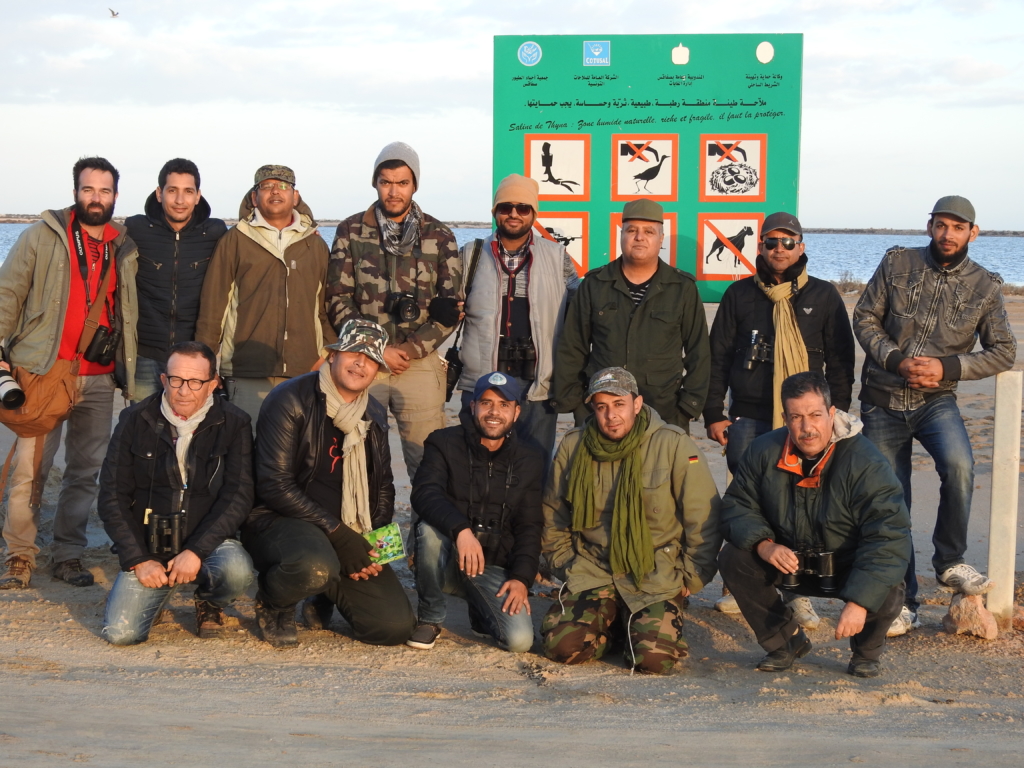
Supervised by an ornithologist from the Tour du Valat and three Tunisian ornithologists, this workshop enabled 14 people from five North African countries to be trained or to perfect their knowledge and skills in waterbird recognition and counting. In addition, other people (students, AAO volunteers) could also participate in some sessions and learn about how to recognise species better
Most of the wetlands in northern and southern Tunisia were visited, and birds were counted by the teams, in order to show the participants the different species that can be observed in these habitats, and also explain to them how to recognise them and how to count birds when they are in large groups.
The highly diverse wetlands found in Tunisia (big lakes, sabkhas, coastal lagoons, and damned lakes, as well as vast intertidal zones) are particularly suitable for these training activities due to the great variety and large number of waterbirds found there. This training also gave us the chance to finalise the national waterbird censuses, which will contribute to the international censuses managed by WI
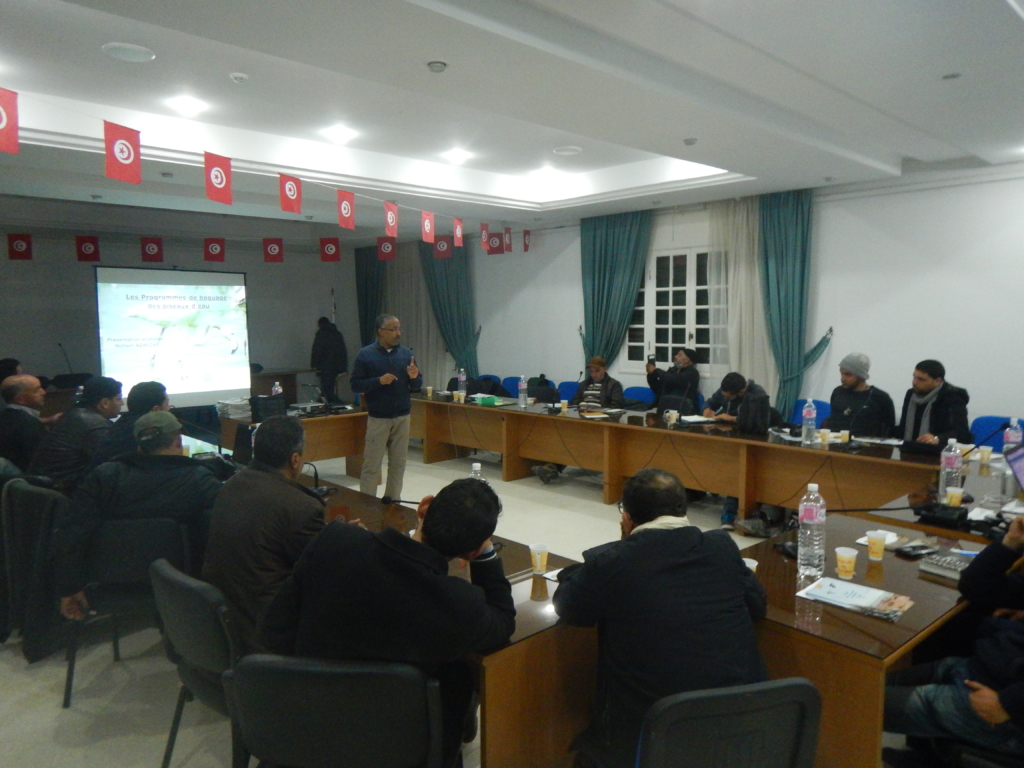
One day indoors enabled us to finalise the training with theoretical explanations of the recognition and counting methodologies applied in the field, and also to present the importance of waterbird census data at the regional (MWN) and international levels (WI).
Participants, trainers, and AAO volunteers all agreed that this fourth workshop was a real success, enabling people dedicated to protecting wetlands and birds to meet, exchange ideas, and create long-term professional relationships.
Contacts :
